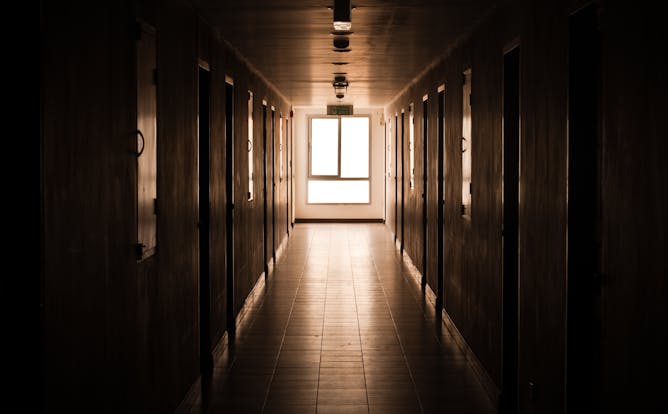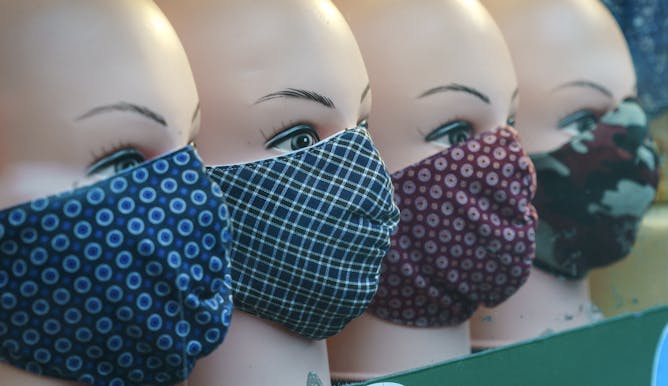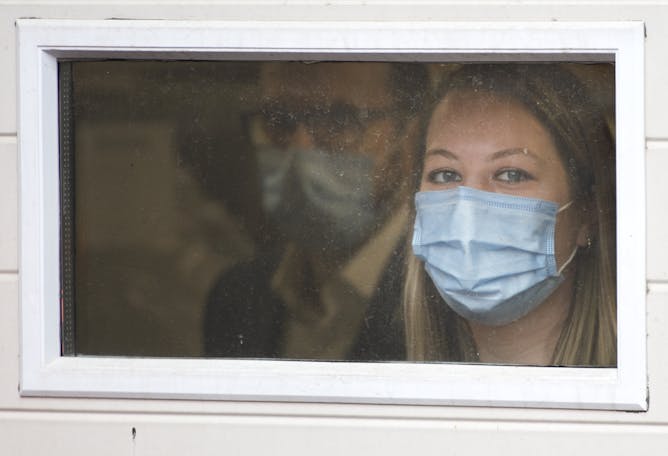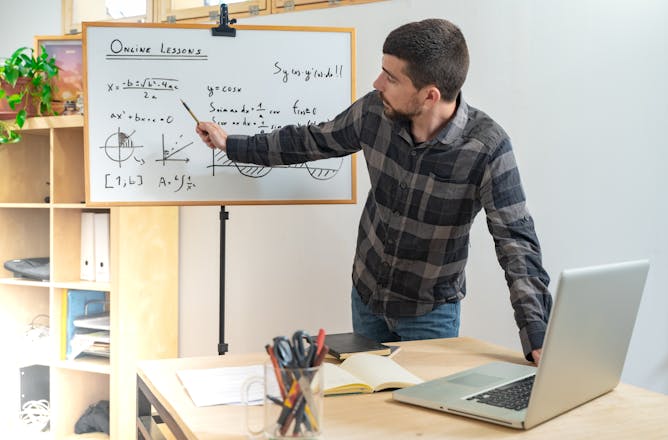|
Both during the COVID-19 pandemic and before, it seems we’ve been hearing more stories about the impact on first responders of witnessing trauma and attending to. But in a crowded landscape of high-profile emergency work roles, the experiences of the largely female teaching workforce overseeing the education of our children is often ignored.
Today in The Conversation Canada, Astrid H. Kendrick of the University of Calgary reports on research into mental health distress among teachers, educational assistants and administrators in Alberta. Her study probes what's known as compassion fatigue as the emotional, mental and physical cost to professionals who care for vulnerable, hurting or grieving people.
As she explains, with a lack of adequate support staff, today’s educators find themselves multitasking in jobs that often unite and hold together communities. What will the social impact be if the most committed teachers begin calling it quits?
In a related story, Diane R. Collier of Brock University and Anne Burke of Memorial University discuss the findings of a teacher survey they conducted during the pandemic. One teacher they interviewed shared a tiny doll that “represented the children in her classroom … given the smallest priority on the national stage.”
Reading these stories, I couldn’t help but wonder: How bad does it have to get before we see widespread political will to invest in children’s lives?
Also today:
Regards,
|
Susannah Schmidt
Education + Arts Editor
|

|
|

Seeing the light at the end of the pandemic tunnel matters but teacher stress related to chronically under-serviced schools goes beyond COVID-19.
(Shutterstock)
Astrid H. Kendrick, University of Calgary
Preventing teacher burnout is a community responsibility we can address. If those who have become first responders in schools withdraw we will also see adverse effects on students.
|

Children arrive by bus at Portage Trail Community School in North York, Ont., Sept. 15, 2020.
THE CANADIAN PRESS/Nathan Denette
Diane R. Collier, Brock University; Anne Burke, Memorial University of Newfoundland
Teachers' optimism is strained when they know much more could be done to minimize COVID-19 safety risks in schools and to help them support student needs during COVID-19.
|

Supporters of U.S. President Donald Trump climb the west wall of the the U.S. Capitol on Jan. 6, 2021, in Washington.
(AP Photo/Jose Luis Magana)
Max Cameron, University of British Columbia
Donald Trump has failed to understand that the constitutional separation of powers in the United States is its source of strength, not weakness.
|

A demonstrator chants slogans as activists stage a protest in central Istanbul to denounce violence against women in Turkey on Nov. 25, 2020.
(AP Photo)
Danielle McNabb, Queen's University, Ontario
In 2020, the #MeToo movement caused ripples in Turkey and Iran, renewing attention to gender-based violence and sexual assault.
|

Face masks are seen in the window of a shop during the COVID-19 pandemic in Montréal in December 2020.
THE CANADIAN PRESS/Paul Chiasson
P. Ravi Selvaganapathy, McMaster University
Whether it's health-care workers, kids in school or people running errands, Canadians need face masks during COVID-19. There's no reason they shouldn't be made here at home.
|

One of the most common reactions during a crisis is the urge to help others. Here a health-care worker watches as the first doses of the Pfizer-BioNTech COVID-19 vaccine are delivered to a long-term care facility in Montréal.
THE CANADIAN PRESS/Ryan Remiorz
Jean Slick, Royal Roads University
While the world is dealing with the biggest health emergency in more than a century, the way people have reacted to the crisis is familiar and predictable.
|
La Conversation Canada
|

Plus de la moitié des enseignants (57 %) considère l'enseignement à distance comme un défi à relever et 61% comme une occasion d’adopter de nouvelles pratiques.
shutterstock
Cathia Papi, Université TÉLUQ
Si un certain nombre d’enseignants ont dû passer à la formation à distance du fait des contraintes imposées par la pandémie, beaucoup y voient aussi l’occasion de développer de nouvelles compétences.
|
COVID-19
|
-
Charles Reynard, Manchester University; Gail Hayward, University of Oxford; Joy Allen, Newcastle University; Richard Body, University of Manchester
Not all coronavirus diagnostics are created equal.
|
|
Politics
|
-
James D. Long, University of Washington; Victor Menaldo, University of Washington
Scholars of democracy say the real threat to the nation will come after Trump leaves office.
|
|
Science + Technology
|
-
Karl Zelik, Vanderbilt University
The late Hollywood star celebrated being young, Black and gifted, both on screen and off.
|
|
| |
| |
| |
| |
| |
| |
|
|